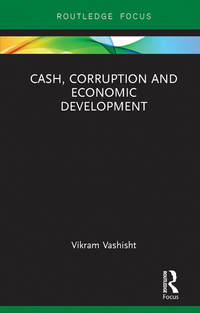

The Darl Company operates a simple chemical process to convert a single material into three separate items, referred to here as X, Y, and Z. All three end products are separated simultaneously at a single splitoff point. (Click the icon for additional information.) During 2017, the selling prices of the items and the total amounts sold were as follows: (Click the icon to view the sales information.) Read the requirements. Requirement 1. Compute the cost of inventories of X, Y, and Z for balance sheet purposes and the cost of goods sold for income statement purposes as of December 31, 2017, using the (a) NRV, and the (b) constant gross-margin percentage NRV cost allocation methods. (a) Start with the NRV cost allocation method. Begin by computing the net realizable value for total production at the point of splitoff and the weighting for each product. (Enter the weights to two decimal places.) Y Z Total Net realizable value of total production at splitoff Requirements Weighting 1. Compute the cost of inventories of X, Y, and Z for balance sheet purposes and the cost of goods sold for income statement purposes as of December 31, 2017, using the following joint-cost-allocation methods: NRV (Net realizable value) method b. Constant gross-margin percentage NRV method 2. Compare the gross-margin percentages for X, Y, and Z using the two methods given in requirement 1. a. statement nurnenen e. Desambar 2017 usina thalal NIDV and the bleanstant ara. ompute the cost of inventories of X, Y, and Z for balance sheet purposes and the cost of goods sold for ipoon cost allocation methods. More info More info X - 120 tons sold for $1,800 per ton Y - 225 tons sold for $1,300 per ton Z - 224 tons sold for $800 per ton Products X and Y are ready for sale immediately upon splitoff without further processing or any other additional costs. Product Z, however, is processed further before being sold. There is no available market price for Z at the splitoff point. The selling prices quoted here are expected to remain the same in the coming year. The total joint manufacturing costs for the year were $440,000. Darl spent an additional $120,000 to finish product Z. There were no beginning inventories of X, Y, or Z. At the end of the year, the following inventories of completed units were on hand: X, 130 tons; Y, 75 tons; Z, 126 tons. There was no beginning or ending work in process. Print Done








